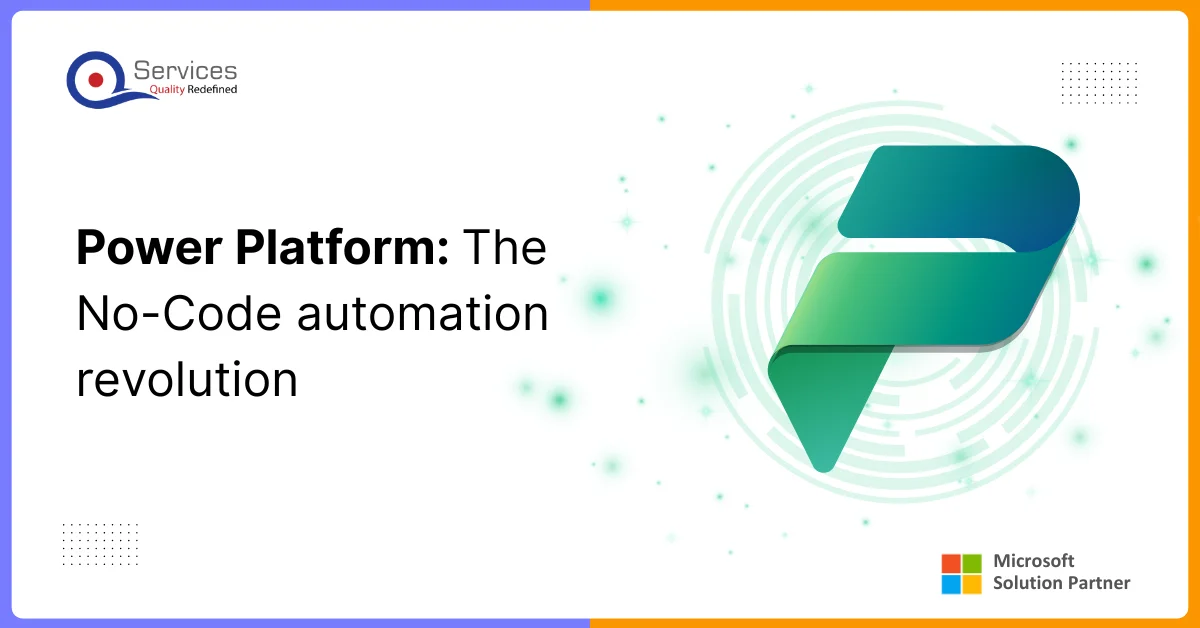
Home » RPA Use Cases for Community Banks, Credit Unions, and Regional Institutions

Robotic Process Automation (RPA) is no longer limited to large, national banks. Smaller financial institutions like community banks, credit unions, and regional institutions have started implementing this modern automation to find real, practical value.
While large banks already use RPA for routine, rule-based processes, this shift for smaller banks is more recent and more targeted. They often encounter difficulties due to leaner teams and tighter budgets.
This article explores how RPA is being used in smaller banking environments. Each use case highlights where automation fits, how it improves efficiency, and why adoption continues to grow across these segments.
Customers in this tech-led era demand faster service, real-time processing, and constant availability. Smaller banking institutions, such as community banks and credit unions often rely on legacy core banking systems, limited IT budgets, and heavily manual workflows. This leads to slower processing, increased risk of compliance violations, and a compromised customer experience.
The adoption of Robotic Process Automation (RPA) allows these institutions to automate high-frequency, rule-based tasks without changing existing infrastructure.
Most small-sized banks take several days to process and validate loan or KYC documents. However, with RPA bots, they can reduce:
In smaller financial institutions, robotic process automation is used for efficiently automating workflows that require repetitive steps. Here are some of the top RPA use cases:
To pass a customer loan, smaller institutions often rely on their limited staff which uses fragmented steps including validation, credit checks, and document review.
Using RPA technology lets financial institutions automate the full workflow, from collecting borrower data and validating documents to initiating credit assessments, and either rejecting or approving. This reduces manual workload and improves consistency.
Smaller banks and credit unions onboard new customers or members by following decided manual procedures, which are slow and prone to errors.
With RPA, institutions digitally capture personal data, perform instant background checks, and validate KYC documents with speed, accuracy and minimal human involvement.
Regional banks typically lack the advanced fraud systems available to larger institutions. Monitoring high volumes of transactions manually is inefficient and often reactive.
Integrated RPA bots monitor accounts in real-time, and flag suspicious activity based on predefined rules. Key issues include: abnormal transaction volumes, login anomalies, or unusual locations.
Key Point: Using models that combine RPA and AI in banking enables predictive fraud detection.
Smaller institutions often manage the reconciliation of financial data across general ledgers, core banking systems, and third-party platforms.
Using RPA simplifies account reconciliation by extracting data from multiple sources, comparing ledger entries, identifying mismatches, and even triggering corrective actions.
Community banks and regional institutions manage the same regulatory demands as larger banks but with smaller compliance teams.
RPA automates compliance workflows by collecting data, monitoring thresholds, formatting reports, and submitting required documentation. Regional banks are increasingly using RPA for fraud detection by deploying bots that monitor transactions in real-time across customer accounts.
Get free Consultation and let us know your project idea to turn into an amazing digital product.

The use cases of RPA in finance have already demonstrated results across the globe. Below are robotic process automation examples specific to regional financial institutions, credit unions, and community banks:
CB&S, a community bank with over 50 branches, used RPA (Foxtrot) to migrate thousands of accounts and loans into its core banking system. This reduced post‑acquisition data entry from 2–3 hours to 1 hour per batch, saving about 900 employee-hours annually.
Jana Small Finance Bank, a small finance bank with around 500 branches, deployed UiPath RPA for tasks like ID management and credit bureau report generation. This reduced turnaround time by 65–70 %, cutting credit report generation from 2–3 days to just 1 day.
Sicoob, Brazil’s largest credit union system, automated document- and form-intensive workflows (e.g. insurance quotes, payroll loans, member registration) using IBM RPA. The result: streamlined processes with reduced manual rework and faster data handling
Implementing Robotic Process Automation in smaller banking institutions streamlines workflows to provide both operational and customer-facing benefits. Below are some of its core benefits to credit unions and regional banks:
Robotic Process Automation is already deployed across various financial institutions to handle repetitive, rules-based operations. In the future, its adoption will expand across new use cases and broader segments of the finance sector. Below are two key directions for growth:
Retail finance institutions will use RPA to automate customer-facing functions such as account servicing, credit scoring, EMI collections, and personalized product offers. Retail banking automation will streamline day-to-day interactions, reduce turnaround time, and support 24/7 self-service operations.
Using RPA in investment banking will support the automation of high-volume, time-sensitive operations such as trade settlement, portfolio reconciliation, or regulatory reporting. Automation will reduce operational risk, eliminate manual reconciliation, and help meet strict reporting timelines.
Share your project idea with us. Together, we’ll transform your vision into an exceptional digital product!

Robotic Process Automation significantly proves its value across the finance sector. Whether it’s a large bank or a small institution, RPA enables the automation of core processes like onboarding, loan handling, and fraud detection without requiring major infrastructure changes.
For community banks, credit unions, and regional institutions, RPA is not just a tool for cost reduction. It supports operational consistency, improves compliance, and enhances customer experience—all while working within limited staffing and budget constraints.
Ideal processes for RPA include loan processing, customer onboarding, account reconciliation, KYC document validation, fraud monitoring, regulatory reporting, and data entry tasks. These processes should be repetitive, rule-based, and have minimal exceptions requiring human judgment.
Smaller banks gain faster processing, reduced burnout (up to 60%), fewer errors (80%), lower costs, better compliance, scalability without hiring, and improved customer experience.
Yes, bots extract ID docs, verify identities, cross-check against watchlists, and compile audit logs. Many banks save hours and reduce compliance risks.
RPA automates loan data collection, document validation, credit checks, and initial underwriting steps. Bots can extract information from applications, verify borrower data, calculate ratios, and prepare loan packages for final review, reducing processing time from days to hours.
Implementation is often plug‑and‑play, needing minimal infrastructure change. Smaller banks can deploy bots affordably by targeting high-volume, rule-based tasks—for rapid ROI.
Employees need basic training in bot monitoring, exception handling, and process management. Most RPA platforms offer user-friendly interfaces requiring minimal technical expertise. IT staff may need additional training for bot maintenance, while business users can learn operational management within weeks.
Bots pre-validate applicant data, pull credit scores, and initiate card issuance. Institutions like Bank Mega cut verification time from hours to minutes.
Common challenges include selecting appropriate processes for automation, managing change resistance from employees, ensuring proper training, maintaining bot performance, and avoiding automation of poorly designed processes. Success requires careful planning, stakeholder buy-in, and gradual implementation approaches.
RPA is expanding into retail finance functions (EMI collections, product offers), investment banking tasks (trade settlement, portfolio reconciliation), and connecting chat‑bots with CRM for personalized services.

Have a one on one discussion with our Expert Panel

In the past, business intelligence tools focused on collecting data and creating reports every month. That approach worked when things moved slowly. Now, businesses need to make decisions in seconds. Waiting for static reports can mean missing sales, reacting late to supply issues, or not spotting financial risks on time.

As this year closes, no-code automation is steering digital transformation across industries. Businesses that began with low-code tools are now scaling faster through Power platform development strategies. Many are realizing that innovation, security, and efficiency can coexist when automation is built on Microsoft Power platform.

Secure access is vital for organizations managing digital identities in today’s landscape. While both CIAM and IAM secure user identities, they serve different purposes — CIAM for customers and IAM for employees. This article explores their key differences and how to choose the right system.

Founder and CEO

Chief Sales Officer
